At last! A compendium of US-to-metric conversions to use when baking. This might be kinda useful for you international folk wanting to try my recipes, huh?
I’ll be honest—I wish we used metric here in the U.S. Everything would be more streamlined, not to mention kitchen scales are so much fun to use. Anyhow, the trouble with the U.S. measuring system of using cups to measure dry ingredients is that it’s a system of volume and not mass or weight. This means that you can’t simply say “1 cup of (insert dry ingredient) equals x grams” because each ingredient you’re dealing with weighs differently. One cup of flour weighs less than one cup of sugar. The workaround, then, is to consider each dry ingredient separately when converting U.S. cups to grams. Which is what I’ve done below.
I’ve also included conversions for liquids and temperatures below—those are much more straightforward in their conversions.
One more thing of note—I prepared this guide based on my own ingredients and methods for transferring ingredients when measuring (e.g., scooping versus pouring), so these conversions will work best with the recipes on my site. You’ll see some slight variations on other sites. But feel free to use these conversions as a guide for other U.S. recipes!
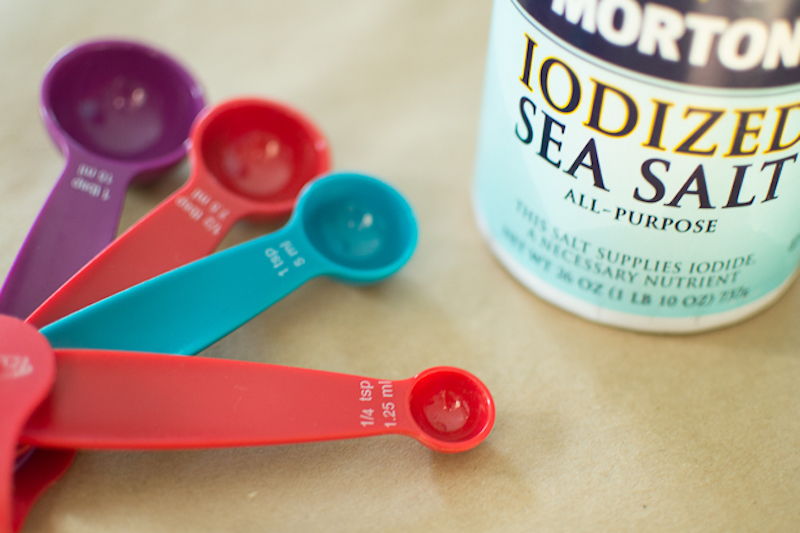 Dry Ingredients
Dry Ingredients
Important note: I measured all of these dry ingredients by first scooping them into a 1 cup measuring cup with a traditional teaspoon (of the silverware sort). Then I poured the contents of the measuring cup into a bowl on a zeroed kitchen scale. This means that when measuring using a kitchen scale, you’ll want to scoop your dry ingredients into the bowl on your scale instead of pouring them.
Also, I did not sift any dry ingredients in this process, nor do I ever sift before measuring, so whenever I say to “sift” in a recipe, I mean for you to do it after measuring. (In other words, no measuring flour that you’ve just sifted here.)
plain (all-purpose) flour
1 cup equals 126 g (4.5 oz)
cake flour
1 cup equals 120 g (4.2 oz)
almond meal
1 cup equals 98 g (3.5 oz)
finely ground pretzel
1 cup equals 126 g (4.5 oz) — odd, I know, but you use it in this pretzel cake recipe
Sugars
I’ve given sugars their own section since I don’t generally consider them a dry ingredient in my recipes. I kinda label sugar a “wet” ingredient since I combine it with the butter and eggs first and not with the flour, baking powder, and salt.
Oh, and note: I measured each sugar a little differently. I poured the regular sugar into the 1 cup measuring cup and leveled it; I scooped powdered sugar into the measuring cup and then leveled it; and I packed the brown sugar into the measuring cup. I weighed each on a zeroed scale after leveling.
granulated sugar
1 cup equals 221 g (7.8 oz)
icing (powdered) sugar
1 cup equals 111 g (3.9 oz)
brown sugar
1 cup equals 215 g (7.6 oz)
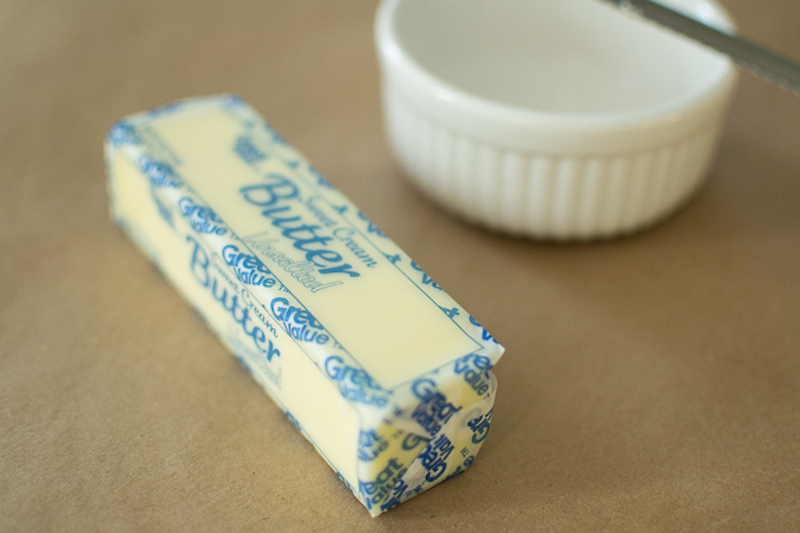 Butter
Butter
1/2 cup (1 stick)
113.4 g (4 oz)
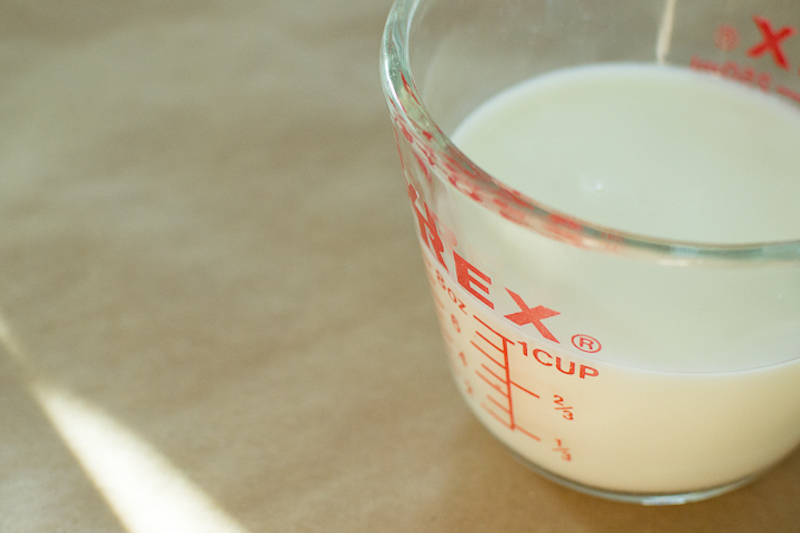 Liquids
Liquids
This is easy since you’re dealing with volume in both U.S. and metric measurements. The conversion, therefore, is direct for any liquid.
1/4 cup
59 mL
1/3 cup
79 mL
1/2 cup
118 mL
2/3 cup
158 mL
3/4 cup
177 mL
1 cup
237 mL
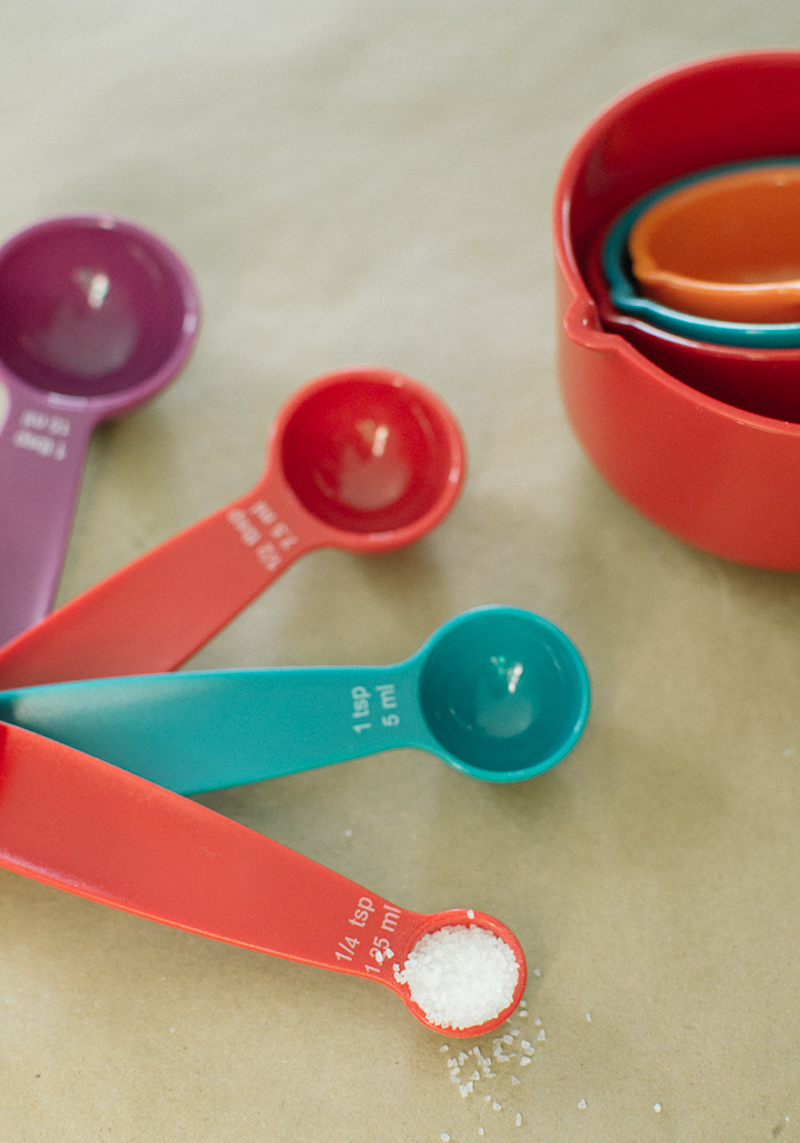 Teaspoons and Tablespoons
Teaspoons and Tablespoons
Did you know that a “teaspoon” in the U.S. is a little smaller than a “teaspoon” in the UK and Europe? This means that you should go a little scant when using Imperial teaspoons to measure my U.S. teaspoon amounts. (The same goes for tablespoons, by the way.) Keep in mind that we are dealing with smaller quantities here, which is why I haven’t made a differentiation between dry ingredients and liquids.
Australia—you define a tablespoon as 4 teaspoons, whereas the U.S. and Europe define a tablespoon as 3 teaspoons. Moreover, your teaspoon is exactly 5 mL, which is about equal in size to a U.S. teaspoon. In turn, your tablespoon is exactly 20 mL.
teaspoons
1 U.S. tsp equals 0.83 Imperial (UK) tsp
1 U.S. tsp equals 4.9 mL
1 U.S. tsp ~ 1 Australian tsp
tablespoons
1 U.S. TB equals 2.5 Imperial (UK) TB
1 U.S. TB equals 14.8 mL
1 U.S. TB ~ 3/4 Australian TB
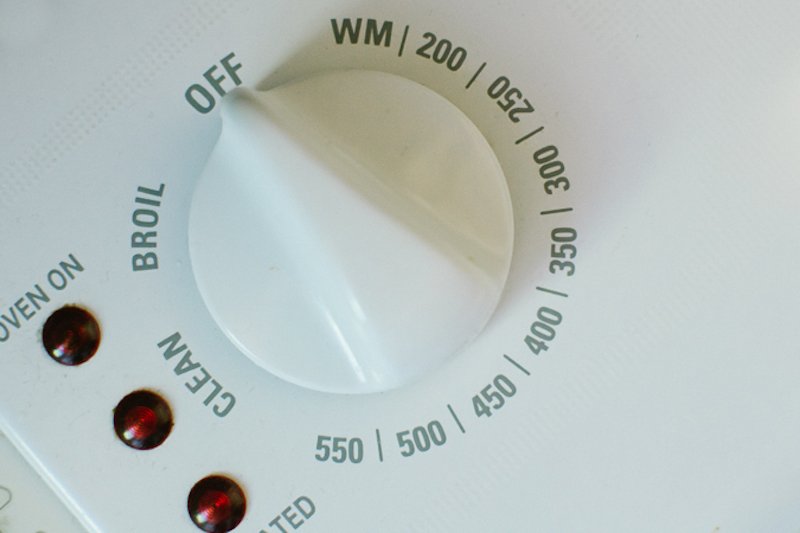 Temperature, Fahrenheit to Celsius
Temperature, Fahrenheit to Celsius
Another straightforward conversion. Granted, these temperatures are a little approximate since ovens don’t let you get very specific. Treat these as suggested Celsius temperatures.
300°F
150°C or gas mark 2
325°F
165°C or gas mark 3
350°F
180°C or gas mark 4
190°C or gas mark 5
400°F
200°C or gas mark 6
425°F
220°C or gas mark 7
450°F
230°C or gas mark 8
Thank you for your help, Wikipedia.
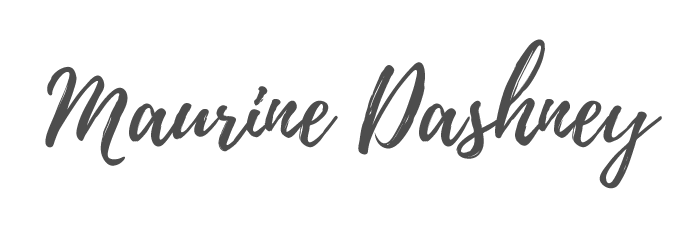
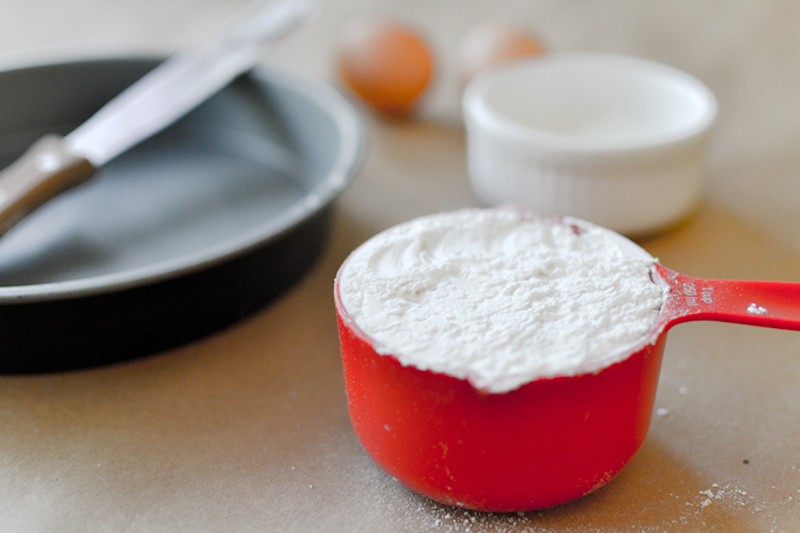
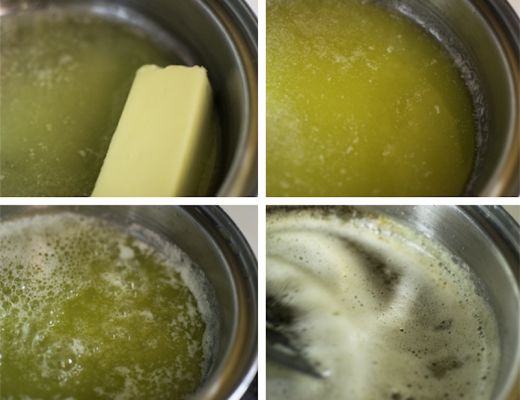
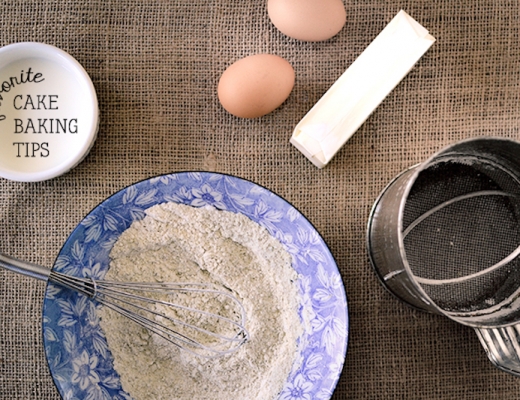
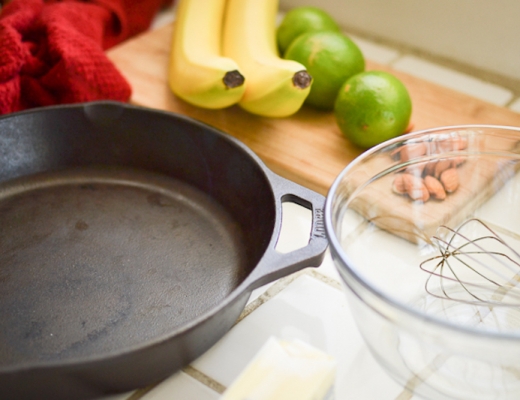
3 Comments
Hi, I'm French, thanck you for this post which will help me to do some of the recipies I find on pinterest !
One thing has bothered me for quite a long time : how do you mesure a CUP of butter ???? Do you cut tiny tiny piecies and crush them in the cup ?
Hi, Emlie! Thanks for stopping by. As for a cup of butter, we purchase it in sticks over here, and each stick = 1/2 cup or 8 TB or 4 oz. So 1 cup of butter is just two sticks for us 😉 Now I'm trying to remember how butter comes when you buy it over in Europe…
Haaaaa, that makes so much sens !
We purchase butter in big blocks of 250 gramms, more or less 4 of your sitcks.